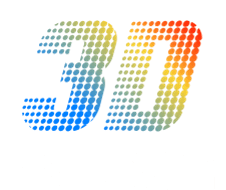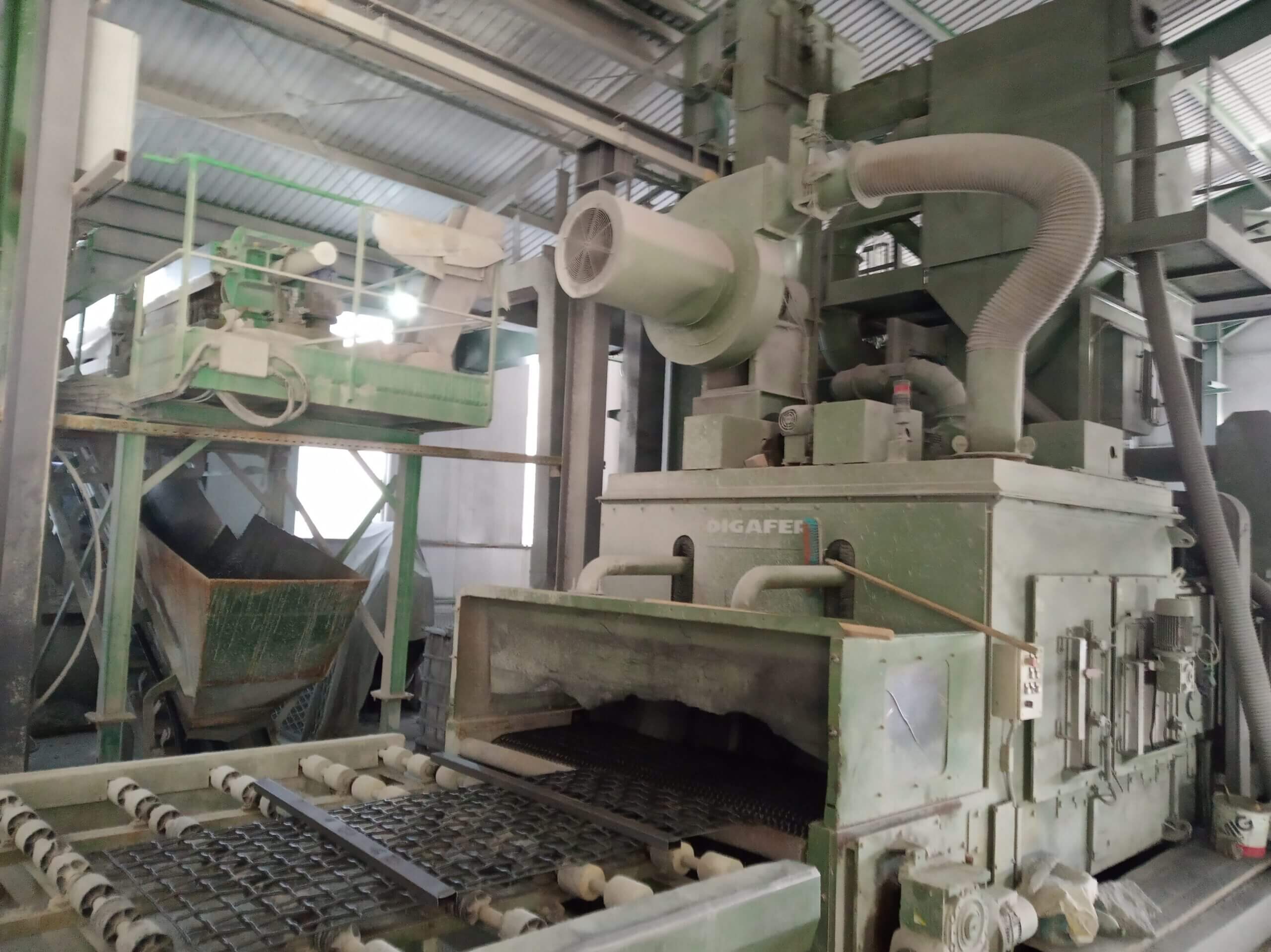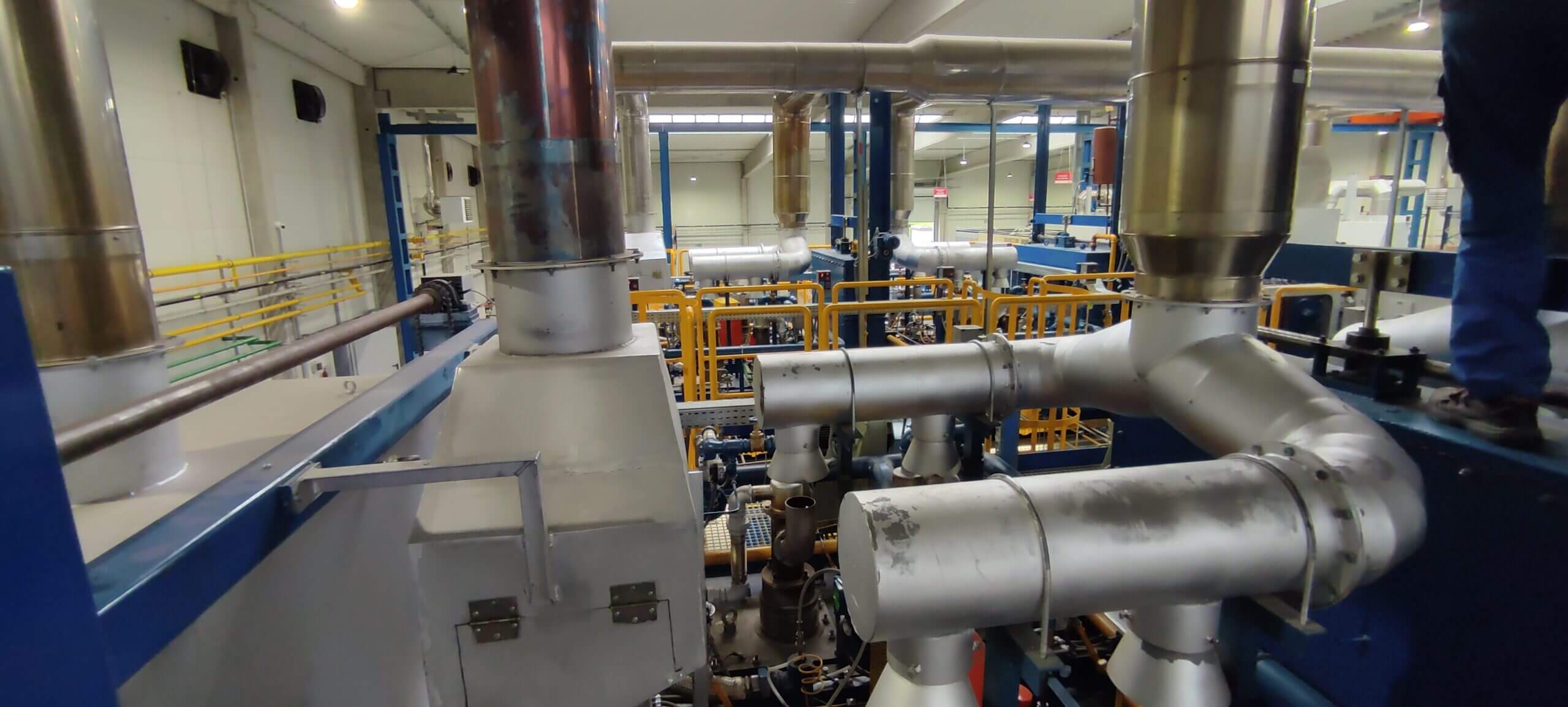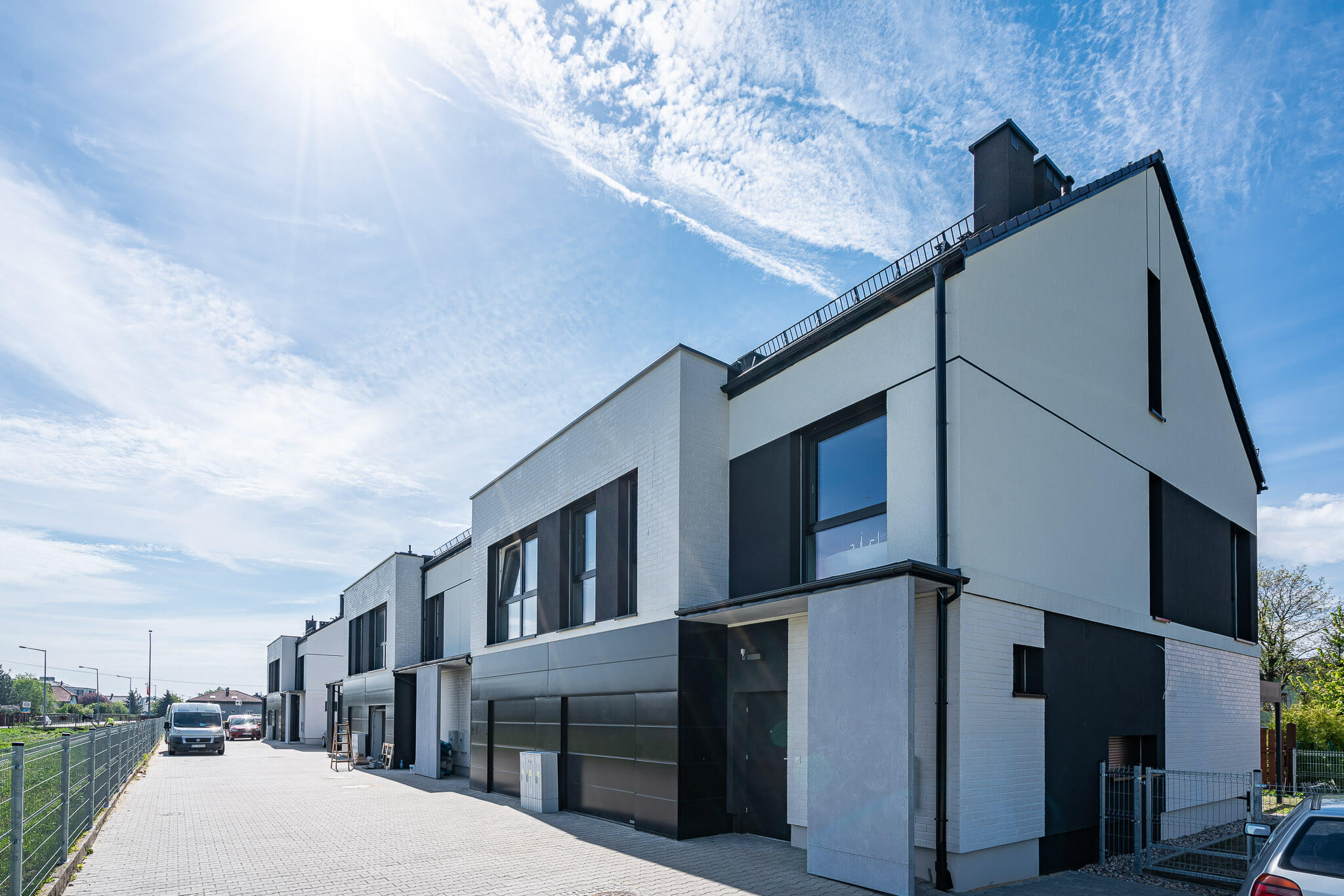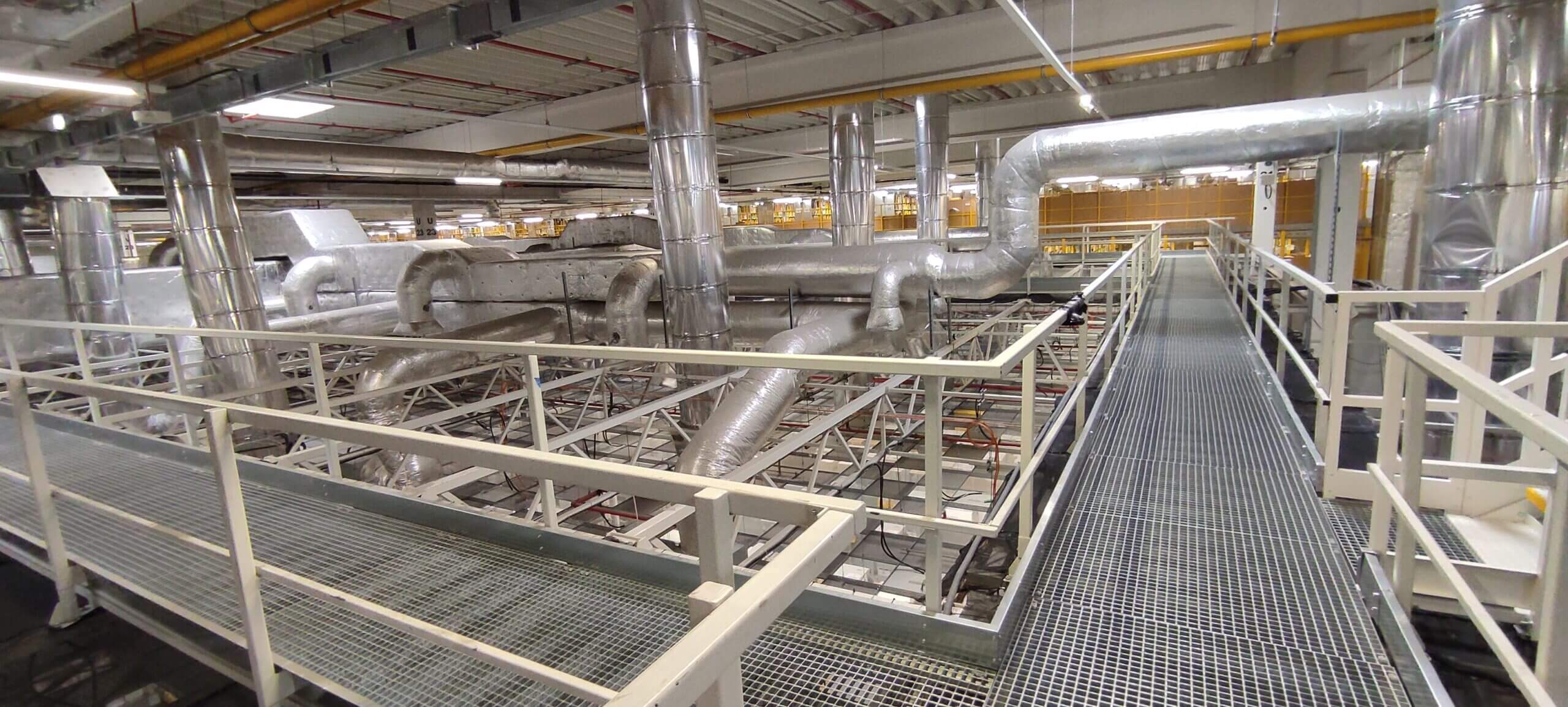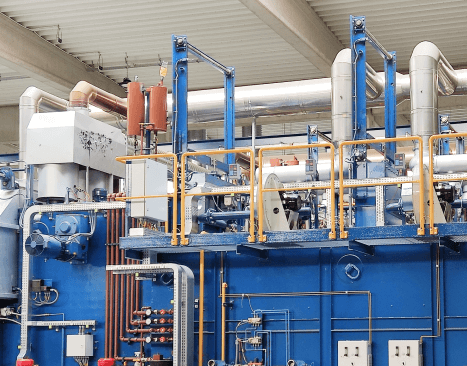Energy Audit Level 2
Deeper Insights. Smarter Solutions. Bigger Savings.
What Is an ASHRAE Level 2 Audit?
An ASHRAE Level 2 energy audit provides a comprehensive evaluation of your facility’s energy performance, going beyond the basics to uncover more substantial energy-saving opportunities. This level of audit dives deeper into energy use patterns, system inefficiencies, and operational practices, offering detailed recommendations with cost-benefit analysis.
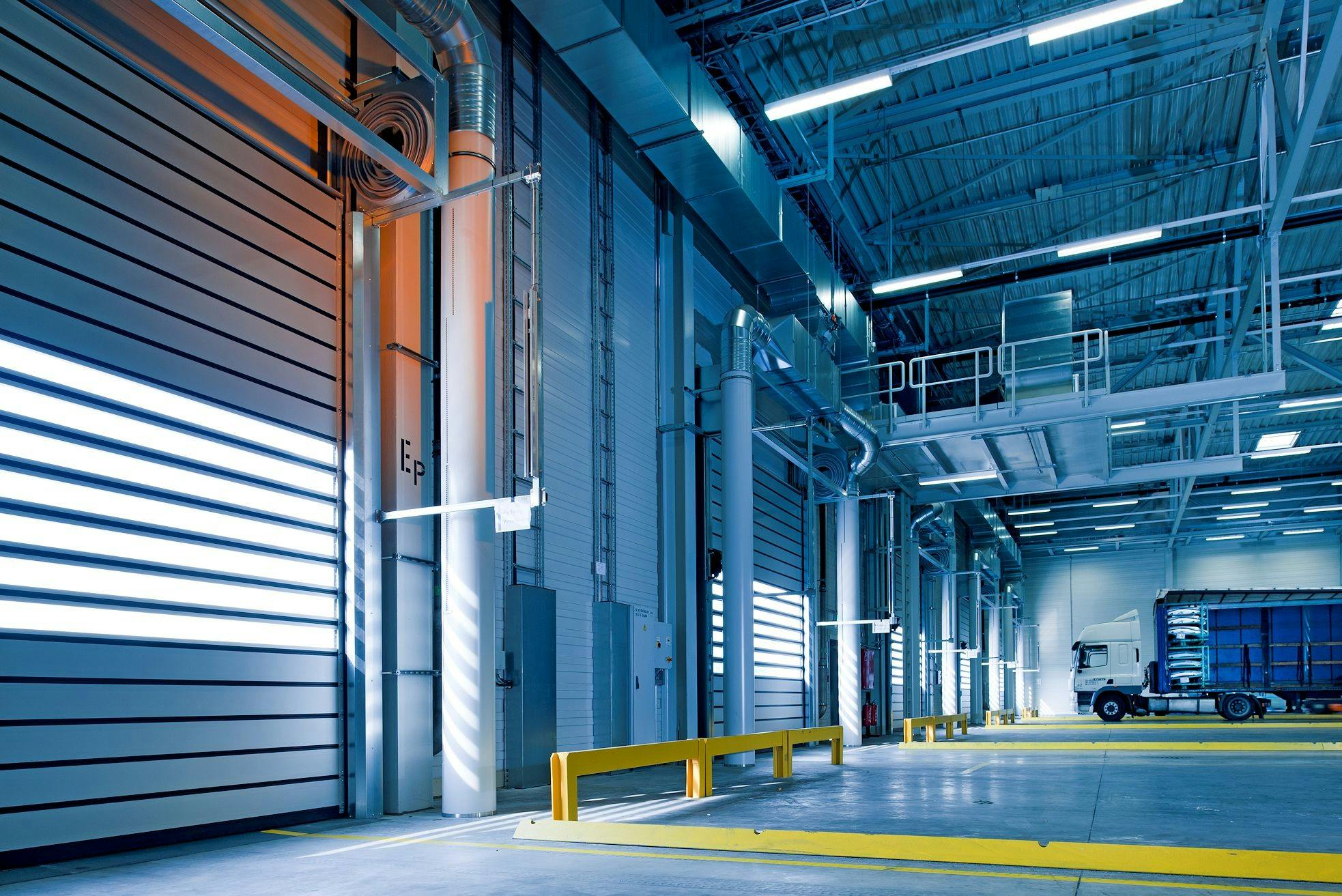
What’s Included in a Level 2 Audit?
1. Energy Data Analysis
• Review historical energy consumption data in detail to identify trends and patterns.
• Compare your facility’s performance to industry benchmarks and standards for energy efficiency.
2. Detailed Site Assessment
• Conduct an in-depth, on-site inspection of all major energy-consuming systems, including:
– HVAC and ventilation systems.
– Lighting systems.
– Building envelope and insulation.
– Process systems and specialized equipment.
• Use diagnostic tools to measure real-time performance and identify inefficiencies.
3. Energy-Saving Opportunities
• Provide a detailed list of energy conservation measures (ECMs), categorized as:
– Low-Cost/No-Cost Measures: Easy-to-implement actions with immediate savings.
– Capital Investment Measures: Projects requiring upfront investment with defined payback periods.
• Include estimated energy savings, implementation costs, and return on investment (ROI) for each ECM.
4. Economic Analysis
• Perform a life-cycle cost analysis (LCCA) for recommended projects.
• Highlight cost savings, energy reductions, and environmental benefits for each measure.
5. Comprehensive Report
• Present findings in a clear and actionable report, including:
– Current energy use and breakdown.
– Identified inefficiencies and potential improvements.
– Prioritized recommendations with financial justifications.
– Roadmap for implementing energy efficiency measures.
Benefits of a Level 2 Audit
• Deeper Understanding: Gain a thorough analysis of your energy systems and operations.
• Actionable Solutions: Receive specific recommendations with clear financial metrics.
• Significant Savings: Identify medium- to high-impact measures for long-term energy and cost reductions.
• Strategic Planning: Create a roadmap for energy efficiency improvements tailored to your budget and goals.
Ideal Applications for Level 2 Audits
• Large Commercial Buildings: Perfect for facilities with complex energy systems and multiple opportunities for savings.
• Industrial Facilities: Identify inefficiencies in production processes and energy-intensive equipment.
• Public Sector and Institutional Facilities: Optimize energy use while meeting sustainability goals.
• Buildings Seeking Certification: Ideal for LEED, ENERGY STAR, or other energy performance programs.
Deliverables of a Level 2 Audit
• Detailed Energy Performance Report: Includes energy consumption trends and inefficiency analysis.
• Prioritized Energy Conservation Measures: Ranked by payback period, ROI, and impact.
• Economic Analysis: Includes cost-benefit metrics, implementation costs, and energy savings projections.
• Next Steps for Implementation: Guidance on moving forward with the most impactful measures.
Examples of Level 2 Recommendations
• Upgrading HVAC Systems: Replace outdated equipment with energy-efficient models.
• Advanced Lighting Solutions: Transition to smart lighting controls and LED technology.
• Building Automation Systems: Implement control systems to optimize heating, cooling, and lighting.
• Process Optimization: Streamline industrial processes to reduce energy waste.
• Renewable Energy Opportunities: Evaluate the feasibility of solar, wind, or other sustainable energy sources.
Achieve Bigger Savings with Level 2 Audits
Our ASHRAE Level 2 energy audit offers actionable insights and strategic solutions to drive significant energy and cost reductions. With detailed analysis and clear recommendations, you’ll be empowered to make informed decisions and unlock your facility’s full potential.
Ready to Dive Deeper?
Contact us today to schedule your ASHRAE Level 2 energy audit and take the next step toward efficiency and sustainability.
Researching ways to lower your energy costs? Try our free tool to estimate your Energy Use Intensity (EUI), benchmark against similar facilities, and uncover your savings potential.
Calculate your Energy Use Intensity under 1 minute.
Get an instant result plus a quick benchmark comparison. No sensitive data required.
- Initial signal of savings potential
- Better decisions with real data
- Zero obligations, 100% practical insight

